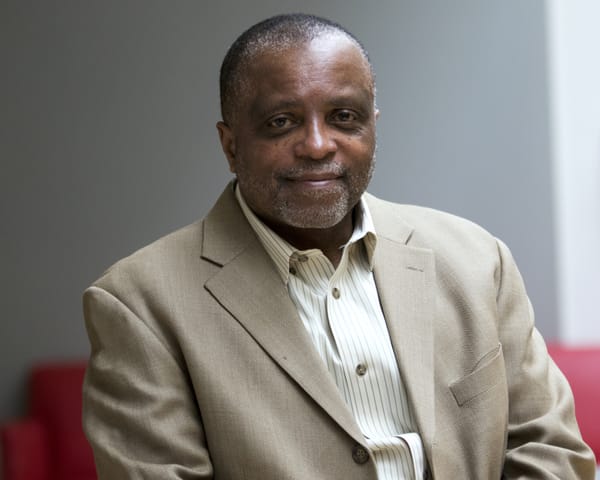Question 1: What technologies are you working with, or have you worked with?
Long ago, as a graduate student, I used ecological regression methods to estimate racial/ethnic voting patterns in past New York City elections—for the vast majority of local elections there were no exit polls and politicians usually made political decisions based on gut instincts rather than data. David Dinkins, NYC’s first black mayor and a math major in college, said the data I presented to him influenced his decision to run for Mayor. Later, as head of Operations and Management for the New York Housing Authority (NYCHA), I worked with plumbers to calculate the true number of people living in public housing based on the number of toilet flushes. Many people covertly lived “doubled up” in apartments, which was against NYCHA rules. We estimated housing 600,000 people, whereas the official count of residents was around 350,000. This made a big difference in allocations of staffing and resources.
Currently, I’m interested in working with computer scientists to develop an engaging and gamified platform for designing clean energy projects in low-income communities. This game is intended to educate young people and community stakeholders on various possible energy designs and collaborations given their local natural and physical characteristics, and available government funds and incentive programs. Currently, low-income homeowners may be eligible for over a dozen federal program subsidies that can be stacked together to overcome the upfront investments in energy efficiency upgrades or devices such as solar panels and batteries that poor people can rarely afford. The game would use artificial intelligence (AI) to help residents figure out what programs they can access, etc. The game would also allow stakeholders to explore green energy collaborations, such as community-owned microgrids or pressuring utility companies to invest in weatherization of substandard housing.ithin my studies, I combine implementation and academic pursuits because I feel there is a gap between academia and real-life implementation. For me, this approach allows me to understand both sides and maybe find ways to reconcile the differences into an academic practice of my own.
Question 2: How do you take account of MIT’s obligation to pursue the public interest in the work that you do?
Almost all of my work attempts to use knowledge and technology at MIT to improve the lives of poor and marginalized people. This has included working on community rebuilding following the 2005 flood in New Orleans post-Katrina, the 2010 earthquake in Haiti, the continuing strife in the Chocó region of Colombia, and on the disproportionate effects of COVID-19 on poor communities in New York City. I have engaged MIT students in all of this work, and I think working on such real-life problems, along with people in communities struggling with these issues, has provided students with a greater sense of purpose in studying technologies.
Question 3: What more could you and others do to help MIT team meet its social obligation to pursue public interest technology?
Last Spring, I co-taught a course with Dr. Elizabeth Reynolds called Bills and Billions. During the class, students worked with six understaffed municipal governments in the United States and worked to identify useful programs within the 510 programs funded through over 2 trillion dollars in recent federal funding intended to strengthen domestic manufacturing and stimulate carbon reduction efforts in the US. Next summer, MIT is funding 25-30 MIT students through the PKG Center and the Freedom Summer Fellowship, to help cities and communities both apply for and implement projects to reach these goals. Boston University, Tufts, and the University of California system (including Berkeley and UCLA) will also be partnering with us to do this work next summer. I believe that MIT can have a huge impact on cities across the nation and beyond if we become collaborators, problem-solvers, and learning partners with cities and communities attempting to address climate change in ways that reduce inequality and improve democracy.
Philip J. Thompson is an urban planner and political scientist. He received a B.A. in Sociology from Harvard University in 1977, a M.U.P. from Hunter College in 1986, and a PhD. in Political Science from the City University of New York Graduate Center in 1990. Phil worked as Deputy General Manager of the New York Housing Authority (NYCHA), and as Director of the Mayor’s Office of Housing Coordination. Phil is a frequent advisor to trade unions in their efforts to work with immigrant and community groups across the United States. Phil’s most recent academic work includes a 2004 review of public health interventions in poor black communities (written with Arline Geronimus) published in the Du Bois Review, entitled “To Denigrate, Ignore, or Disrupt: The Health Impact of Policy-induced Breakdown of Urban African American Communities of Support,” an article entitled “Judging Mayors” in the June 2005 issue of Perspectives on Politics, and a recent book called “Double Trouble: Black Mayors, Black Communities and the Struggle for Deep Democracy” published by Oxford University Press.

